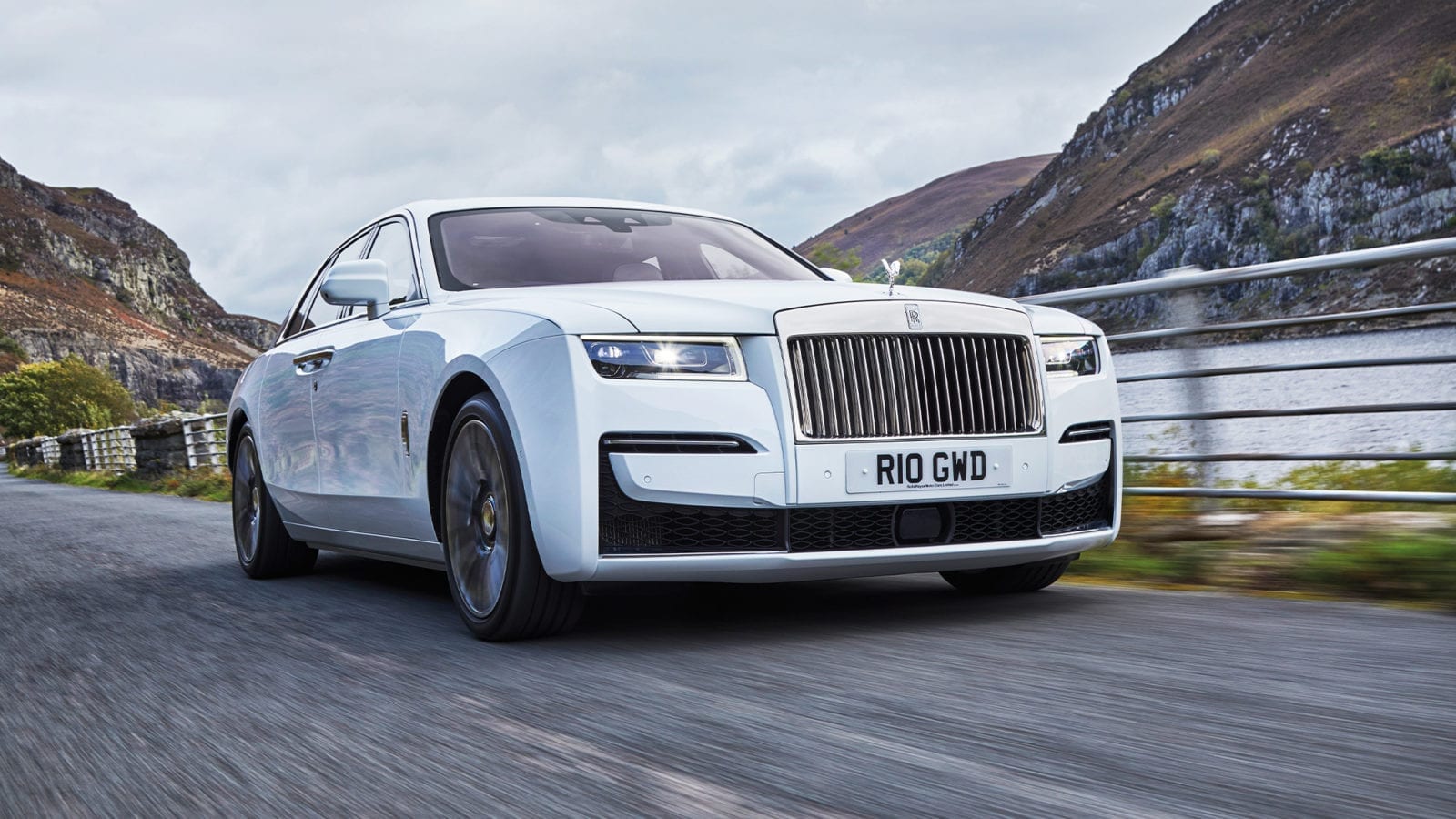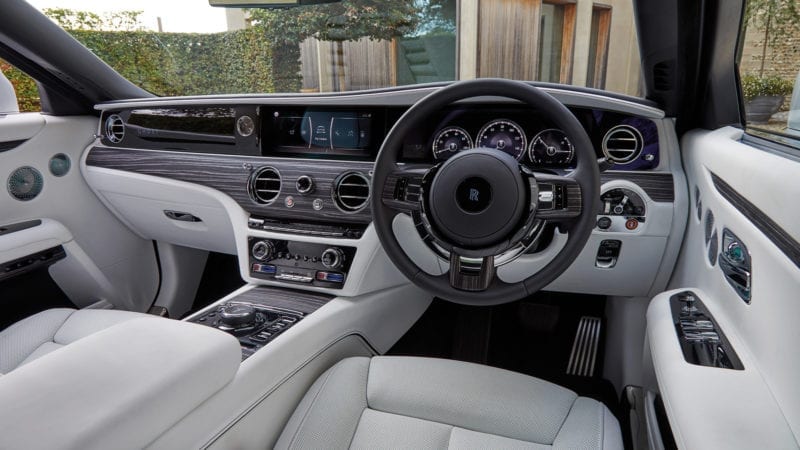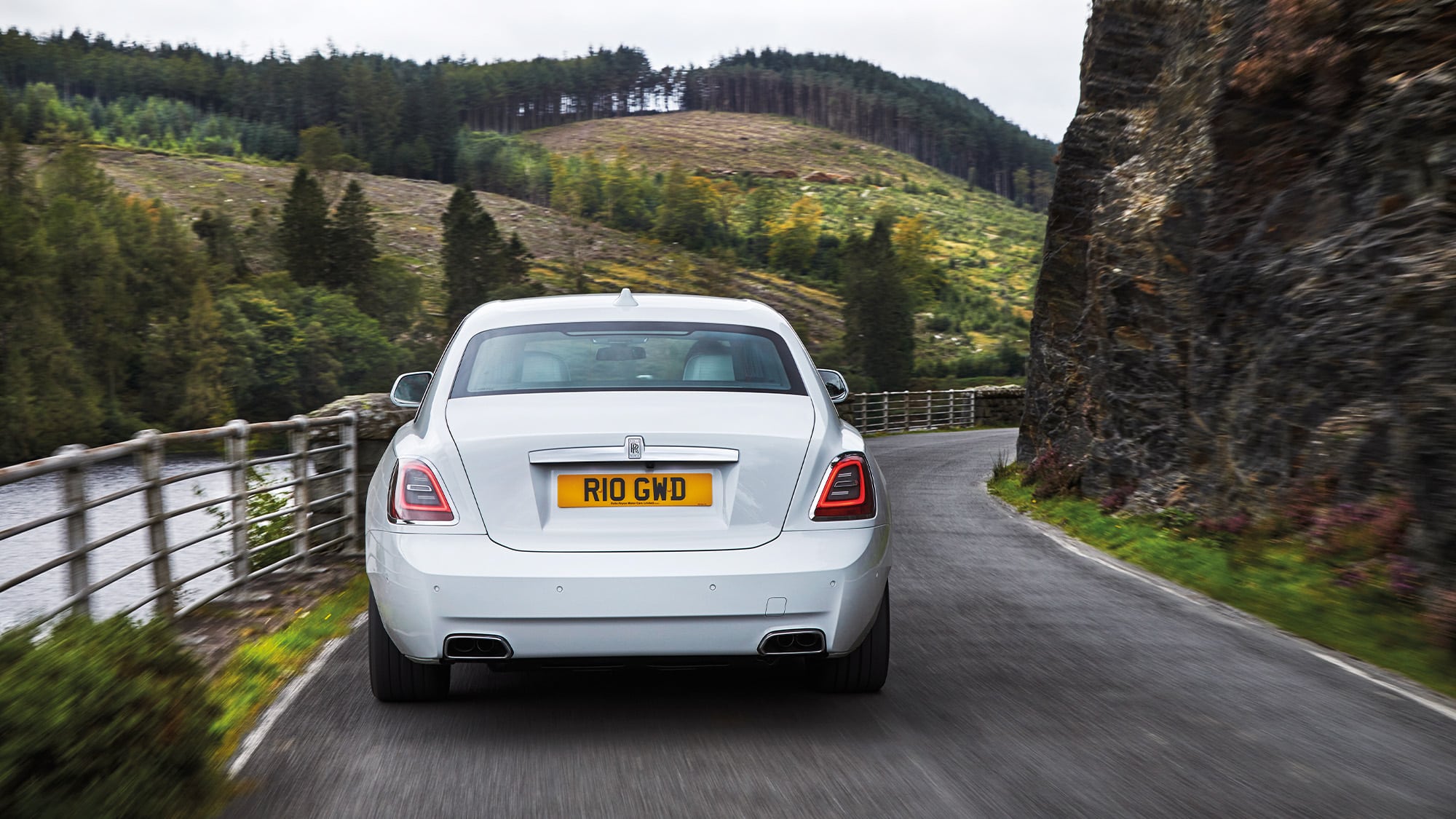2020 Rolls-Royce Ghost review: The appliance of séance
Has Rolls-Royce’s new ‘post-opulent’ direction given us the Ghost with the most? Andrew Frankel takes the spook trail

Rolls Royce Ghost
It is strange to think that Rolls-Royces are now made in exactly the same way as almost all other cars, at least at a conceptual level. When BMW first relaunched the brand in 2003, the then-new Phantom had a unique aluminium spaceframe, while the Ghost, which joined it in 2009, came with an adapted monocoque from the 7 Series. Architecturally the two cars had nothing whatsoever to do with each other.
This new Ghost uses the same versatile and modular structure as the Phantom and Cullinan SUV, as will future versions of the Wraith and Dawn. It’s called platform architecture, and less noble companies have been doing it for decades because it allows cars to appear different on the surface while having more than a little in common beneath the skin. An early example was the Type Four platform in the ’80s shared by the Fiat Croma, Alfa 164, Lancia Thema and Saab 9000.
As ever with the new Rolls-Royce, these structures are assembled in Germany before being shipped to Goodwood for fit, finish and liberal applications of the stardust required to turn a hunk of well-engineered metal into a car fit for perhaps what remains the most coveted automotive brand of all.
“Had Rolls kept the analogue dials they would have preserved the illusion of old-school engineering”
So don’t be surprised to learn this new Ghost has the same 6.75-litre V12 motor and eight-speed gearbox as the Phantom and Cullinan, that it too directs its power to all four wheels, all of which are also steered. It has a clever new mass damper on its front suspension to help sponge away secondary interference but it’ll be popping up on its stablemates in short order, sure as Claude Johnson was the hyphen in Rolls-Royce.
This is all good news. While the old Ghost couldn’t escape its BMW origins, this new one is based only on Rolls-Royce componentry so it feels less compromised and more of a Rolls.
The bad news is that while it is a fine-looking car, whose proportions are so svelte it’s almost impossible to believe, it shares its DNA with the ungainly Cullinan so it’s less distinctive than the rather raffish old Ghost, which was the best-looking luxury car seen so far this century.

The interior showcases the company’s ethos of design simplicity
When you talk to its designers they leave the impression that this was part of the plan. They talk in terms of this being a ‘post-opulent’ Rolls, one bought by a discreet clientele who value understatement. Those who want a truly extrovert, ostentatious wealth statement on wheels always have the Phantom to fall back on, while if you care more about making a statement than what that statement may actually be, the Cullinan is at your disposal.
While I’d still not call the Ghost subtle, it is simple and elegant inside and out. The controls and information displays are easily operated and understood, while trademark features like the horizontal rotary sliders that control the air conditioning and the power- reserve gauge in place of a rev counter have been preserved. What’s gone are the analogue dials, and that’s a shame. Our three-year-old family Golf has electronic instruments so there’s nothing special about them, and had Rolls kept the analogue dials they would have at least preserved the illusion of old-school mechanical engineering.
The engine is quiet as a crypt when it fires up and those expecting some kind of hybrid assistance will be surprised by its absence. Rolls would now be so late to that party it would risk arriving as last orders were called. It will now progress from internal combustion engines to the phased introduction of all-electric powerplants, starting before the end of this decade without taking that interim step.
Predictably, terrible fuel consumption aside, there is a great deal to be said for the approach. Because its engine is so large and lazy (83bhp per litre is a barely out of bed output for a turbo motor), it offers such thrusting, near-silent torque from idle, it almost could be an electric motor. Only at maximum effort does its slightly characterless voice appear, but who but a motoring hack trying to understand his or her quarry is ever going to drive a Ghost like that?
Ride and refinement are sublime. I’m told the Phantom is quieter and more comfortable but you’d need both side by side to tell the difference. It’s also a satisfying car to drive. I’d not say it even matched, let alone improved upon, the handling of the old Ghost, which always had a surprisingly dynamic side, but Rolls has correctly concluded that such qualities are not what matters most. This Ghost is still a lovely thing to guide down the road thanks to well-weighted, nicely geared and accurate steering and its micro-managed suspension control.
The Ghost is also a car without any rivals. Now that the Bentley Mulsanne has quit the battlefield and with no replacement in sight, there’s only the Flying Spur left, which is a different car at a different price point nearly £100,000 further down the scale. Aston Martin’s revived Lagonda project looked like it might aim to occupy similar territory, but now that’s been put back to sleep for the foreseeable, the Ghost has the turf to itself.
It is less characterful to look at and drive than the old Ghost, but in ways that matter more it’s not just a better car, it’s a better Rolls-Royce. Job done, in other words.

2020 Rolls-Royce Ghost statistics
- Price £208,000 plus local taxes (£250,000 approx)
- Engine 6.75 litres, 12 cylinders, turbocharged
- Power 563bhp
- Weight 2490kg
- Torque 626lb ft
- Power to weight 226bhp per tonne
- Transmission 8-speed automatic, four-wheel drive
- 0-62mph 4.8sec
- Top speed 155mph (limited)
- Economy 18.6mpg
- CO2 347g/km
- Verdict Understated to perfection

